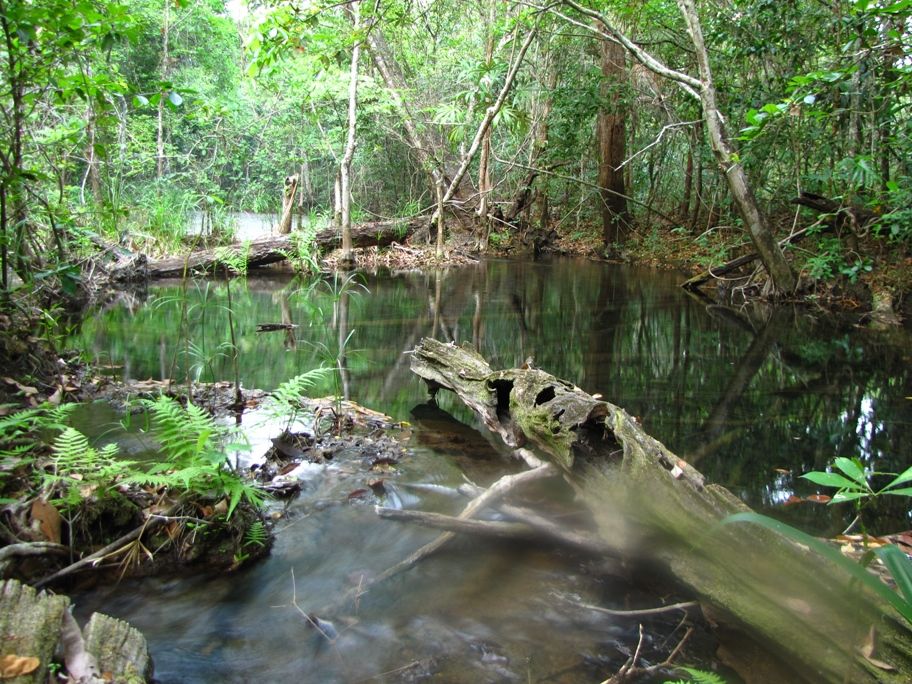
New Agreement Protects Species, Mayan Artifacts

About 80,000 acres of intact forest in the heart of the Maya Biosphere Reserve in Guatemala will receive new protections thanks to a new agreement signed by the Wildlife Conservation Society, other conservation groups and several Guatemalan groups.
In the past few decades, the Maya Biosphere Reserve has faced growing threats from human activities including illegal logging, slash and burn agriculture, and ranching in protected areas, along with drug trafficking, poaching, and looting of Maya artifacts.
In 2009, WCS and Conservation International began working with Guatemala's Protected Areas council to set up a conservation incentives payment system that had local communities design economic incentives to help stem deforestation. These "conservation agreements" are a contract between the local communities, the Guatemalan government, NGOs and donors.
This new agreement for the community of Carmelita is the third one in the Maya Biosphere Reserve.
"Conservation Agreements are a win-win for both the people and wildlife of the Maya Biosphere Reserve," said Julie Kunen, director of WCS's Latin America and Caribbean Program. "The agreements address pressing development needs and provide real incentives for the people living in and around the reserve to protect its animals and conserve its forests."
The Maya Biosphere Reserve, located in Petén, Guatemala, spans nearly 5 milllion acres and is home to some of the world's most important archaeological sites, as well as diverse ecosystems with a vast array of flora and fauna.
The new agreement with Carmelita, which is located in the center of the serve at the gateway to the renowned archaeological site of El Mirador, was signed on March 9.
Sign up for the Live Science daily newsletter now
Get the world’s most fascinating discoveries delivered straight to your inbox.











